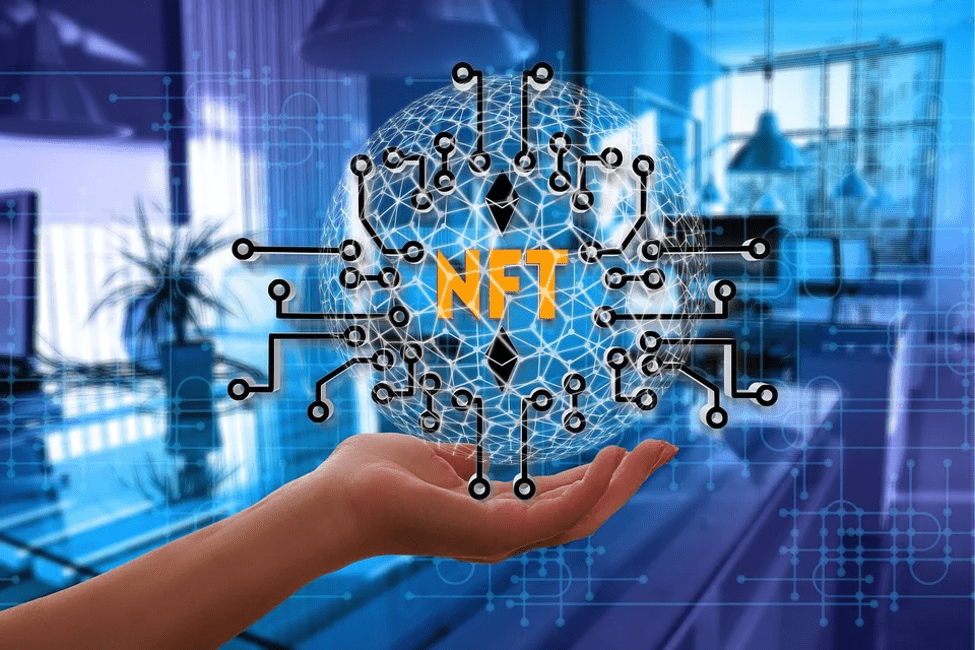3 Things You Fail to Understand When GameFi Comes Up [Key Terms Explained]
Since Bitcoin was introduced to the public, it immediately caught the interest and attention of crypto enthusiasts, individuals and firms. Over the years, it has been proven that the crypto industry is indeed profitable and can be seen from the list of crypto billionaires. Along with it, more and more people have constantly found different ways to earn from cryptocurrency. One way that became popular in the crypto-verse is through gaming or GameFi. But what is it, and what are the terms that you need to understand? Let’s find out.
What Is GameFi?
GameFi has recently been the ‘talk of the town’ in the gaming and cryptocurrency industries. Among the millions of crypto enthusiasts hoping to earn potential profits from the cryptocurrency industry, traditional video game users are the group most invested in blockchain video games. These people are used to paying to play an online game and instantly jump into this field where they can be rewarded for their time and effort.
Some crypto traders also focus on crypto using GameFi trading to earn profits. Traders engage on platforms like Bitcoin UP for higher chances of gaining returns to make good profits from these decentralised types of gaming. This is possible because the platform provides a mode to access these gaming systems, as well as their tokens.
This gamified crypto utilises blockchain technology, which allows users to be the only confirmed proprietors of the digital aspects of the game. In classic video games, the prevailing model is “pay-to-win”, a mode where players are required to pay to gain the upper hand, such as buying or upgrading a virtual object. However, with GameFi, it introduces the “play-to-earn” behaviour, where players can make money in exchange for their knowledge and effort.

3 GameFi Key Terms To Know
GameFi has taken over the traditional gaming industry, and whether you are into gaming or not, you have probably heard of people talking and playing a game called “Axie Infinity.” This game attracts players by offering them the possibility to earn funds in a fun way. Check out these three terms that you should know to further understand GameFi.
1. Decentralised Finance
Decentralised Finance has been slowly creeping into the blockchain and cryptocurrency industries. Its popularity seems to have increased even more and is often one of the main things that people in cryptocurrency talk about. There have been numerous thrilling evolutions in the DeFi space, and gaming is one of those, especially play-to-earn games. In 2021, blockchain games and startups increased, and it has been reported that over 804,000 unique blockchain game users exist.
Decentralised Finance is an experimental form of finance that does not involve third party agents that act as central financial intermediaries, including banks. Instead, it uses smart contracts on the blockchain. In most decentralised games, the players themselves in decision-making are known as DAO or Decentralised Autonomous Organisation.
2. Play-to-earn Model (P2E)

At the top of GameFi projects, play-to-earn is a revolutionary gaming method but is different from the pay-to-play model embraced by classic video games. Pay-to-play demands players to invest a certain amount of money before they can start playing. In most cases, classic video games don’t generate any financial returns for players, and the gaming company handles their in-game assets.
In contrast, games that utilise play-to-earn models give players total control over their in-game assets while offering opportunities to make money. However, keep in mind that the ability to earn through gaming relies on the model and game design utilised by the GameFi projects company. In addition, P2E games can be free-to-play but can still generate financial rewards for players.
3. Non-Fungible Tokens (NFTs)
In GameFi, all assets are represented by NFTs or non-fungible tokens - this refers to digital tokens that act as proof of ownership to rare intangible goods. When owning in-game items such as clothing, weapons, gold bars or avatars, players have the option to trade them in digital marketplaces for NFTs or cryptocurrencies. All cryptocurrency transactions and non-fungible tokens are stored on a public ledger called a blockchain for players to keep track of their activities.

Conclusion
In the world of GameFi, the most suitable deal benefit is the guarantee of full authority over your investments. Gaming Finance projects permanently preserve all player’s data, such as in-game purchases and non-fungible tokens on blockchain networks. Since players have total control of all the assets, you are not at risk of losing all your assets and may utilise them however you like.